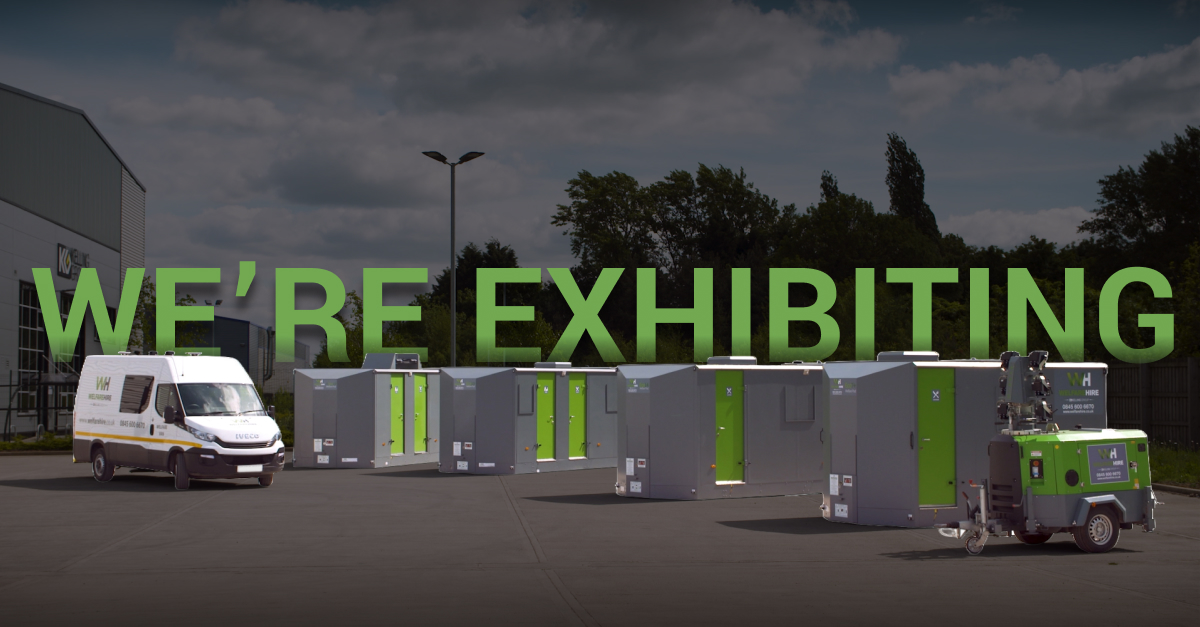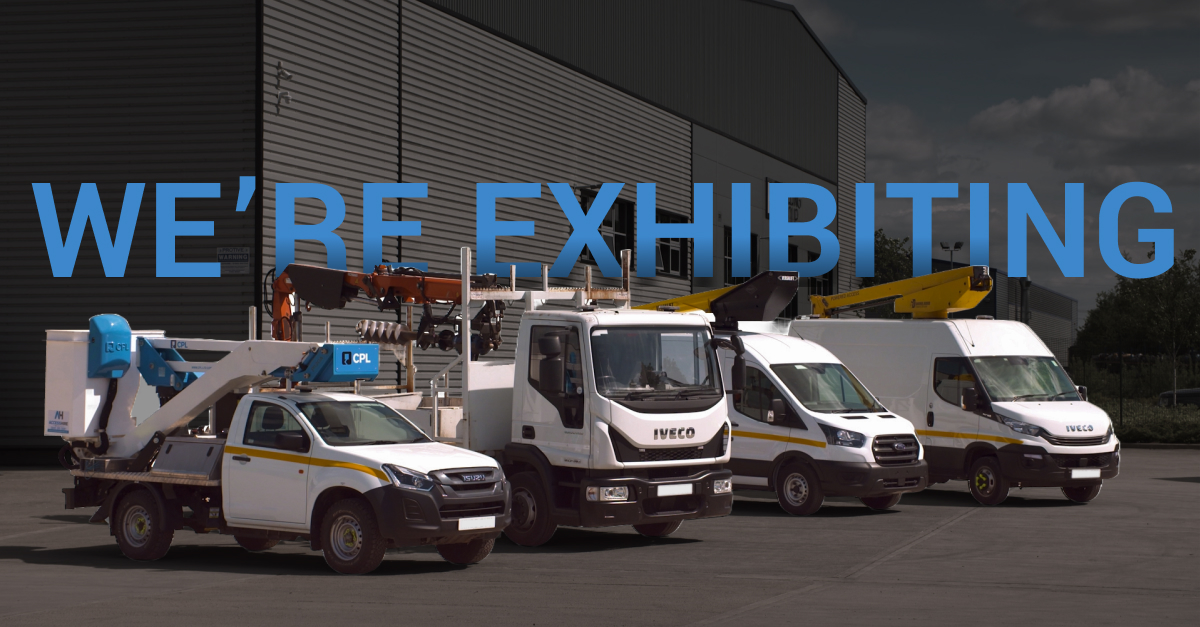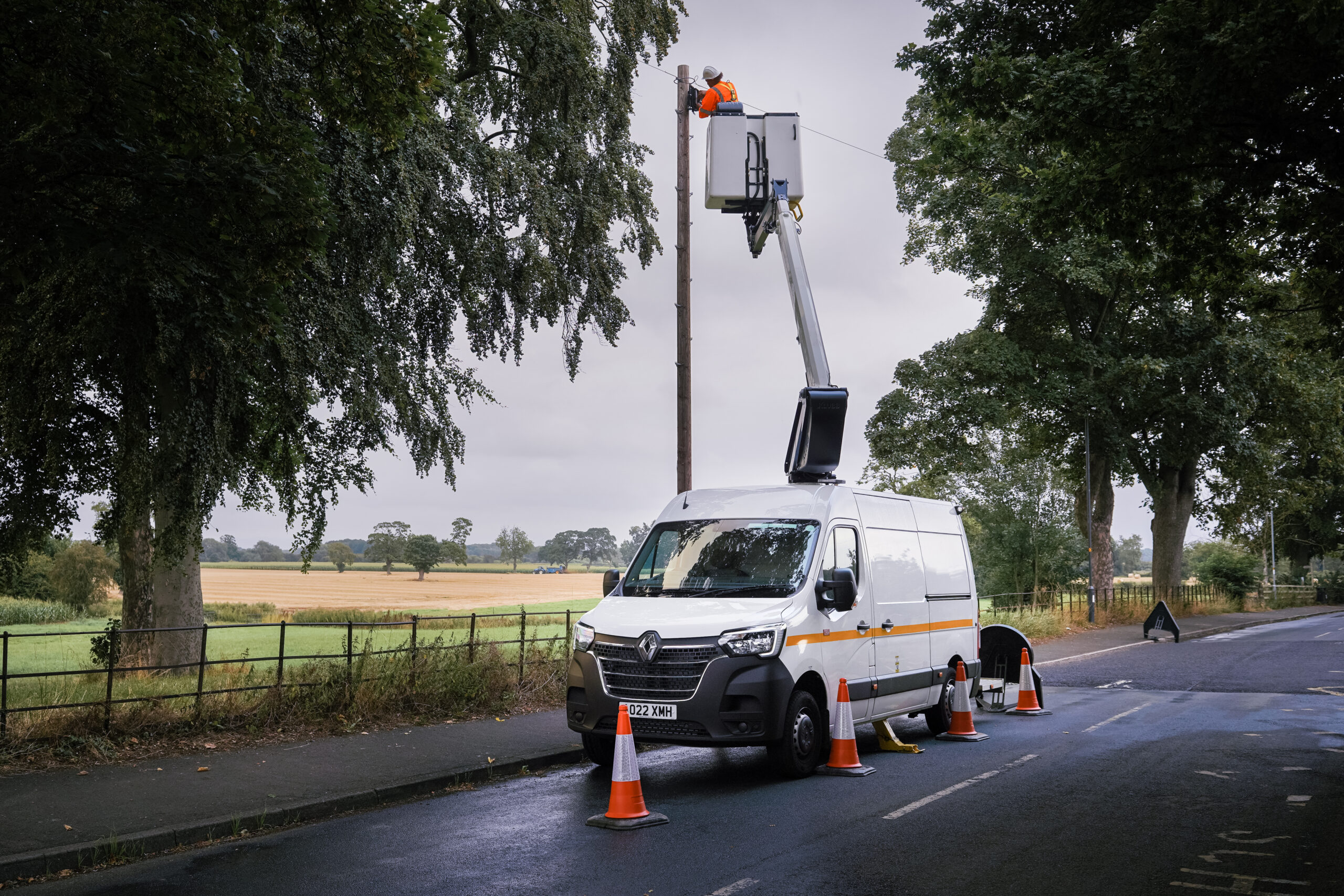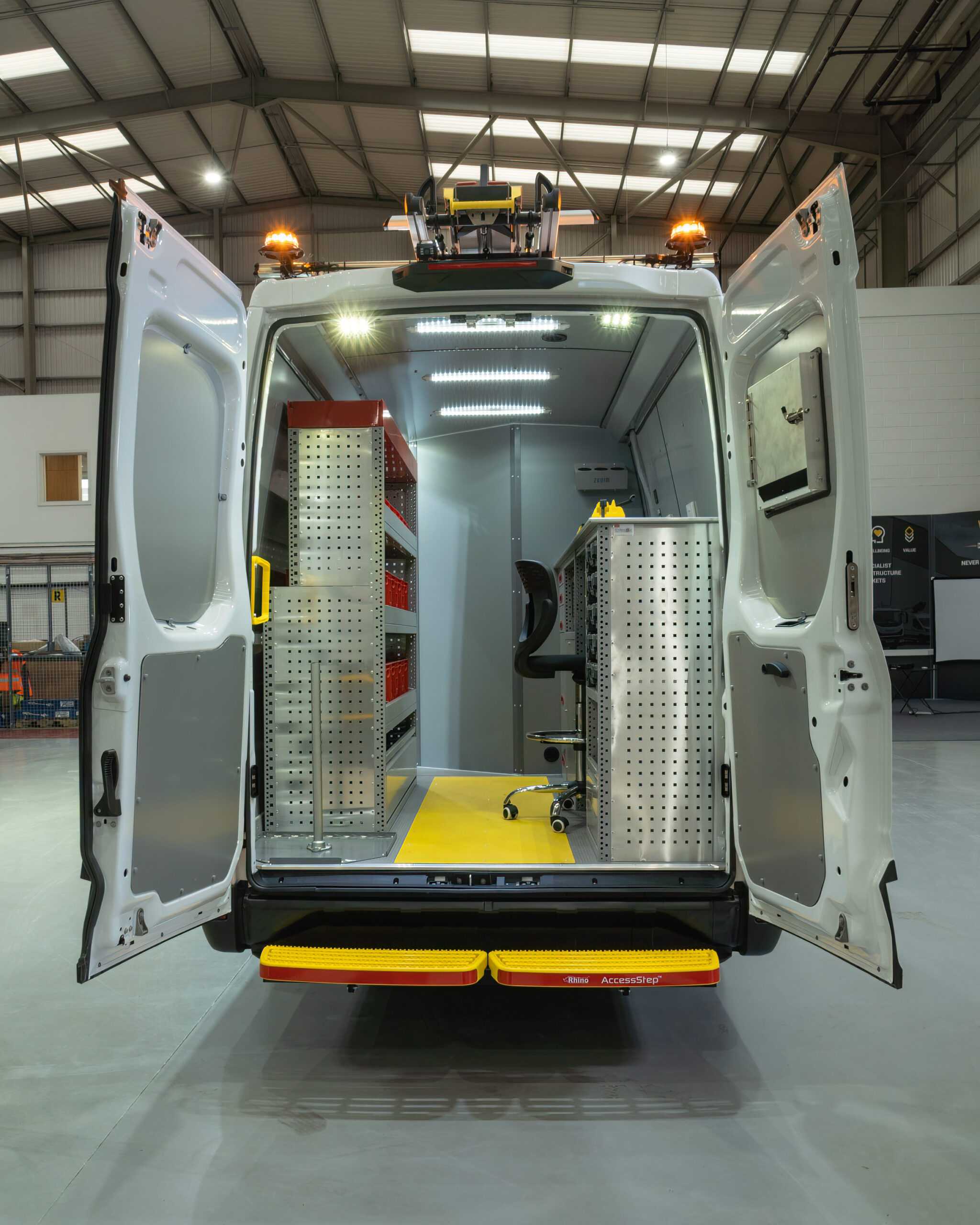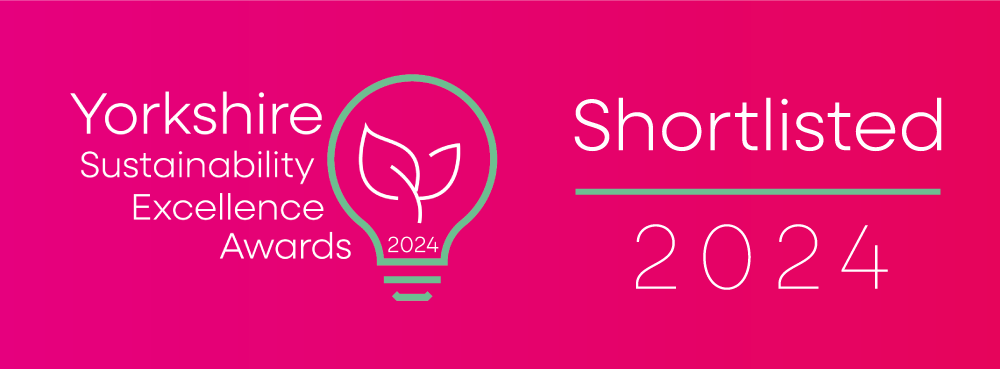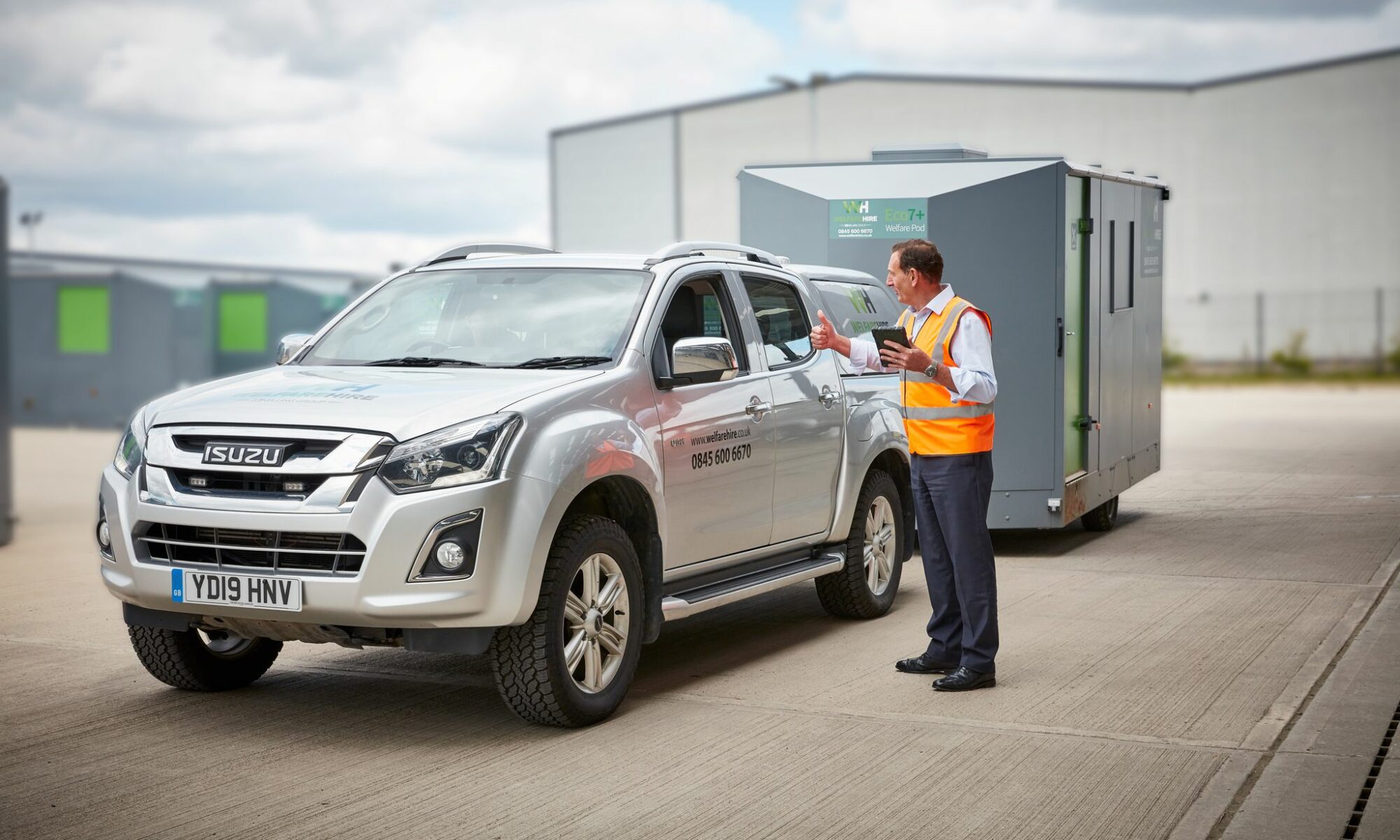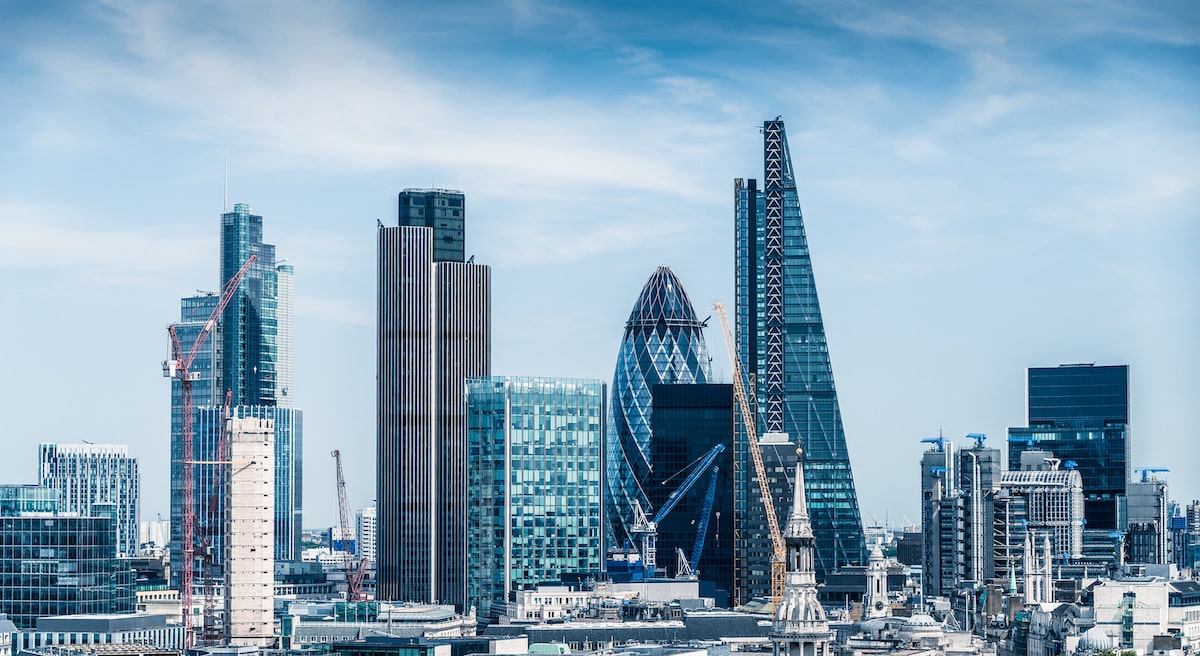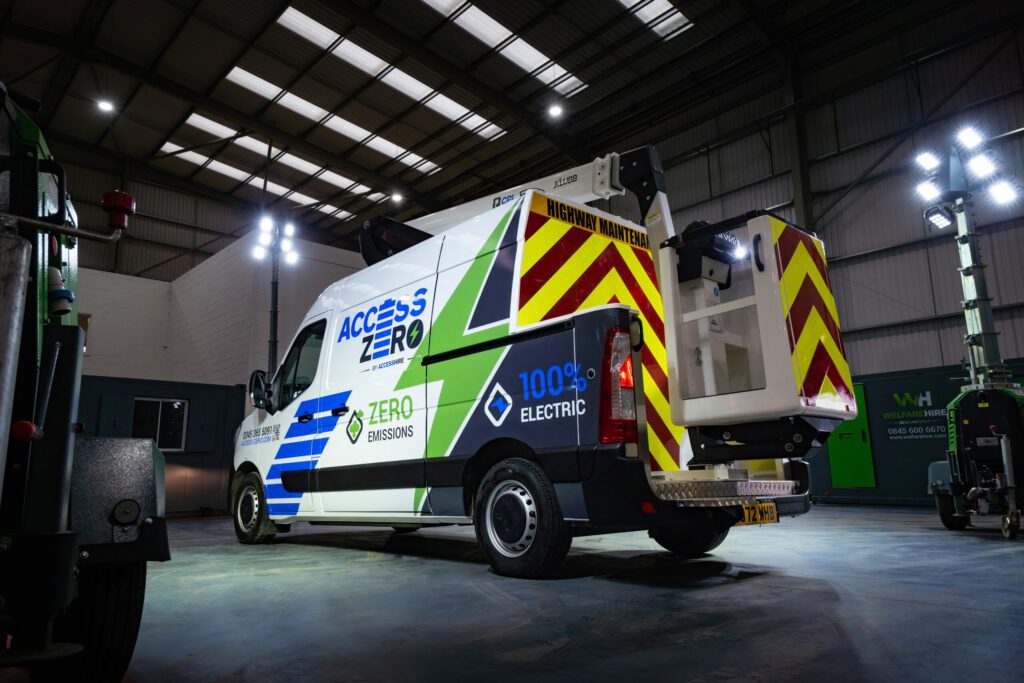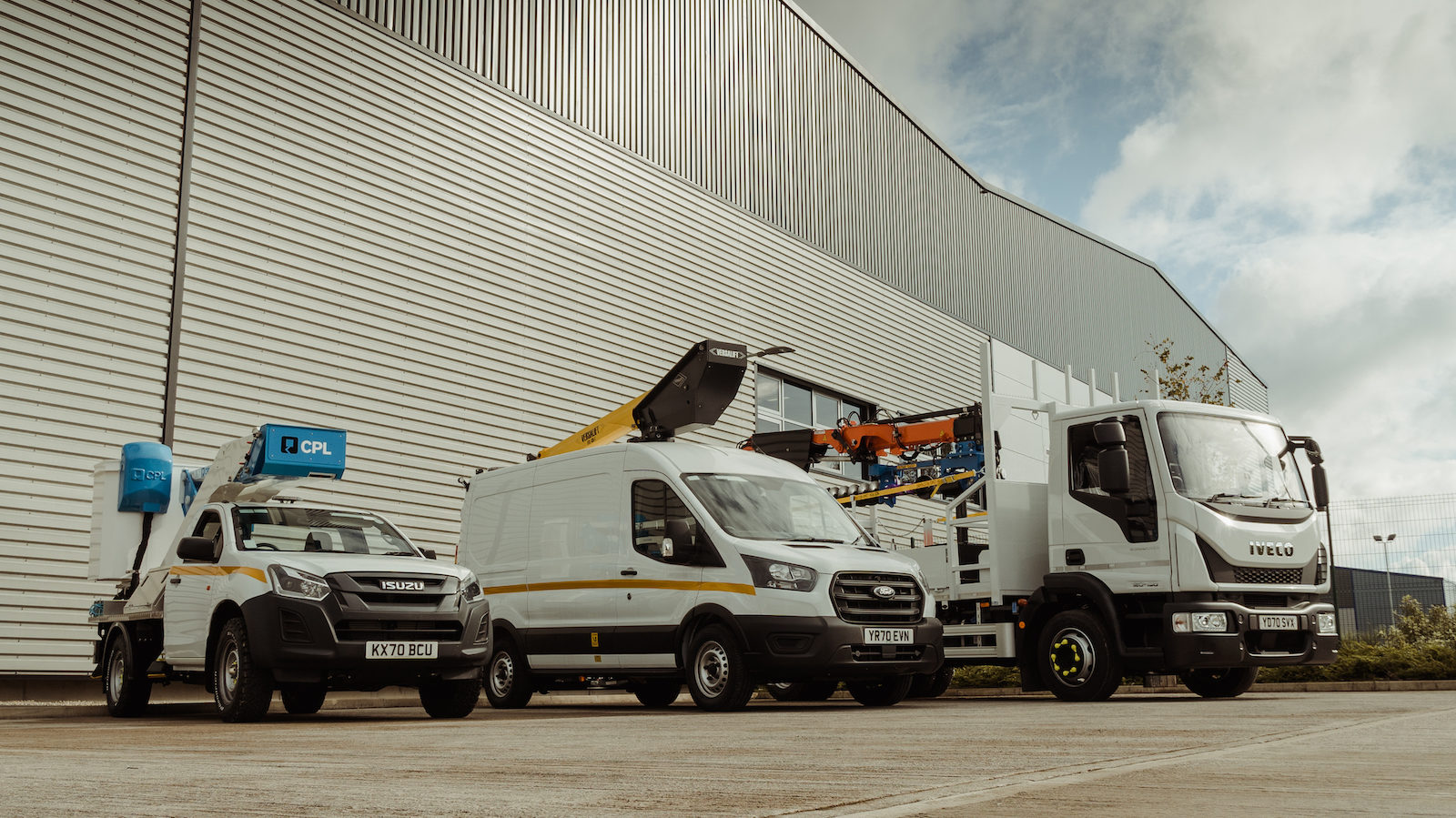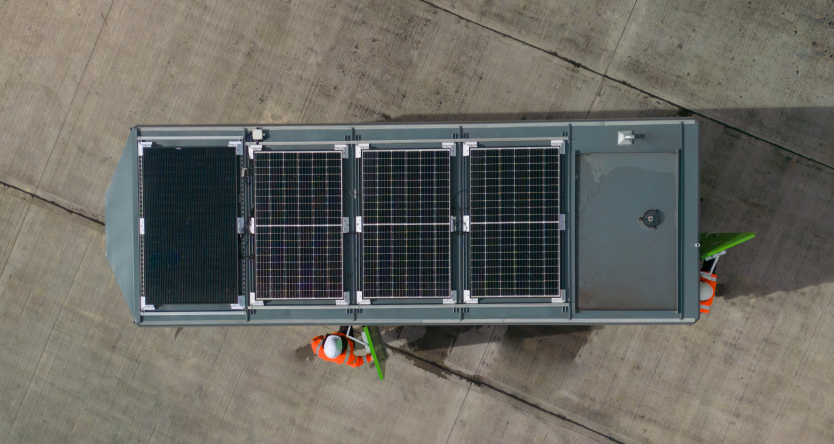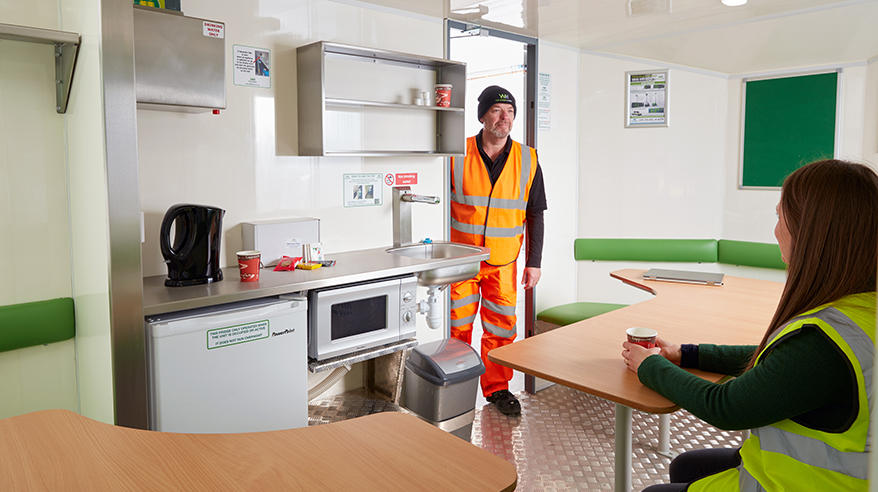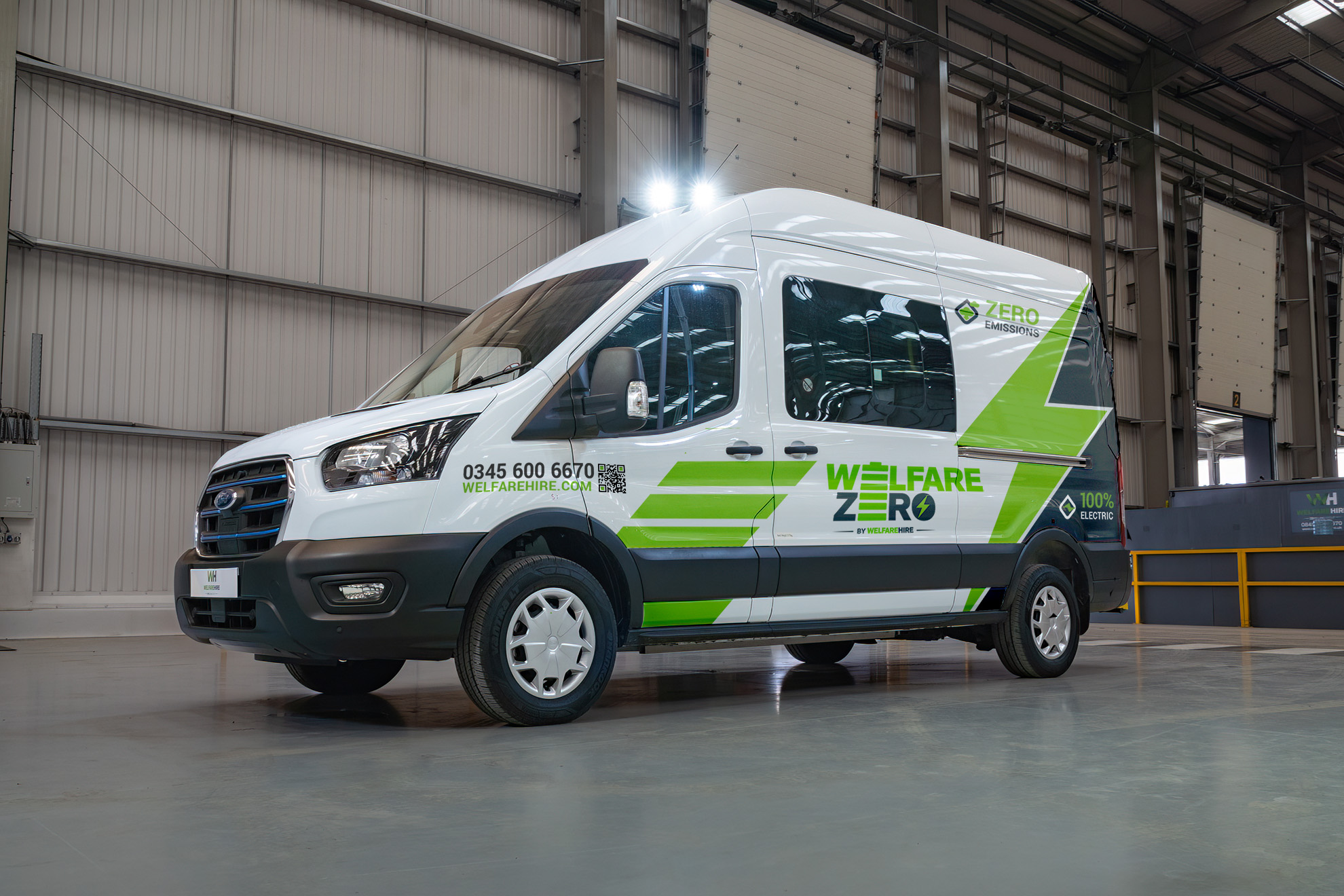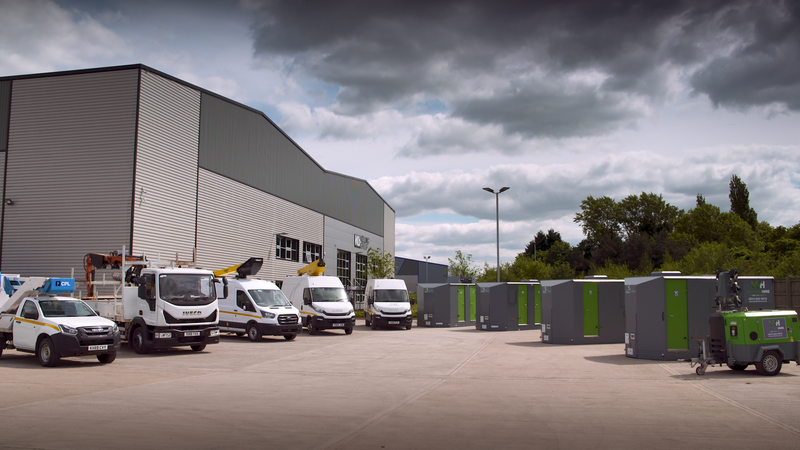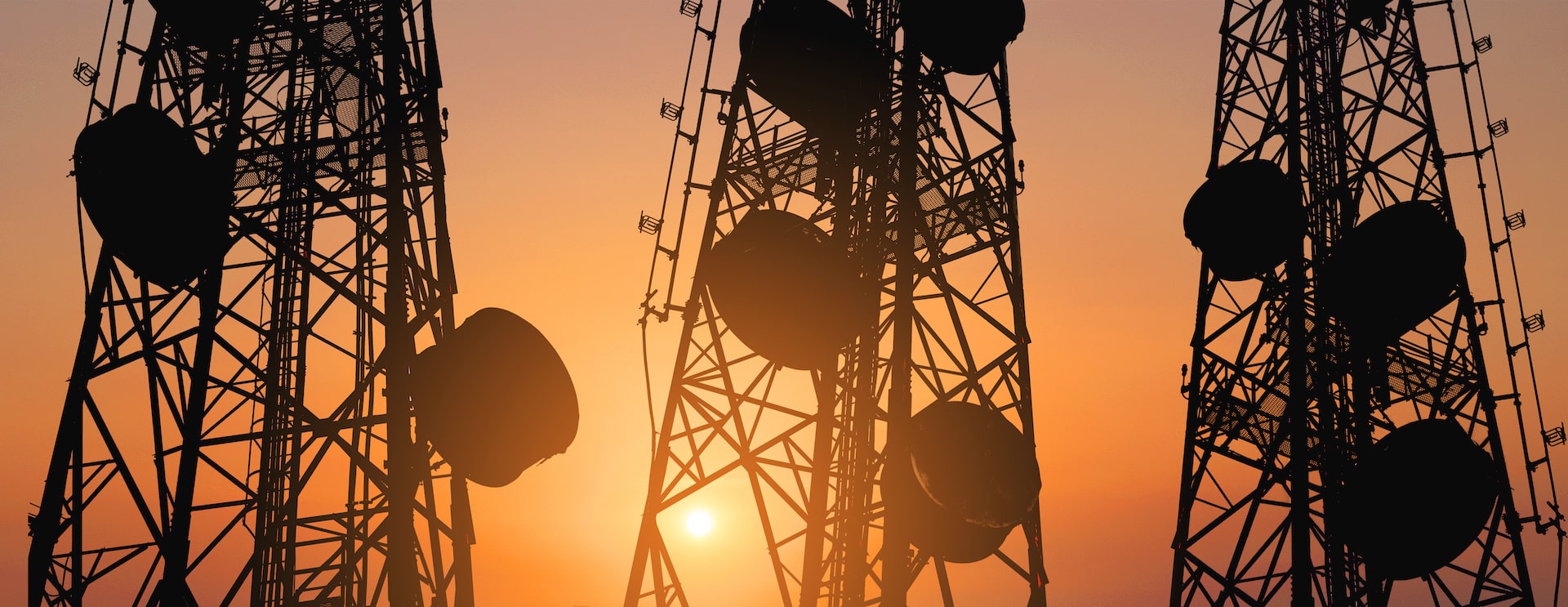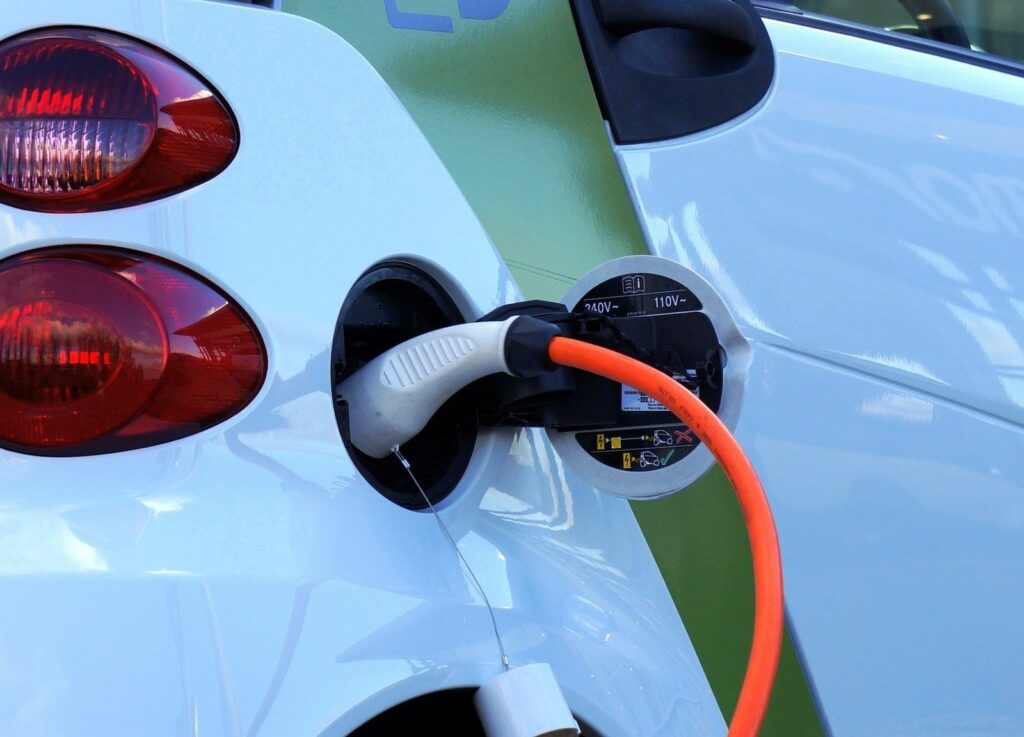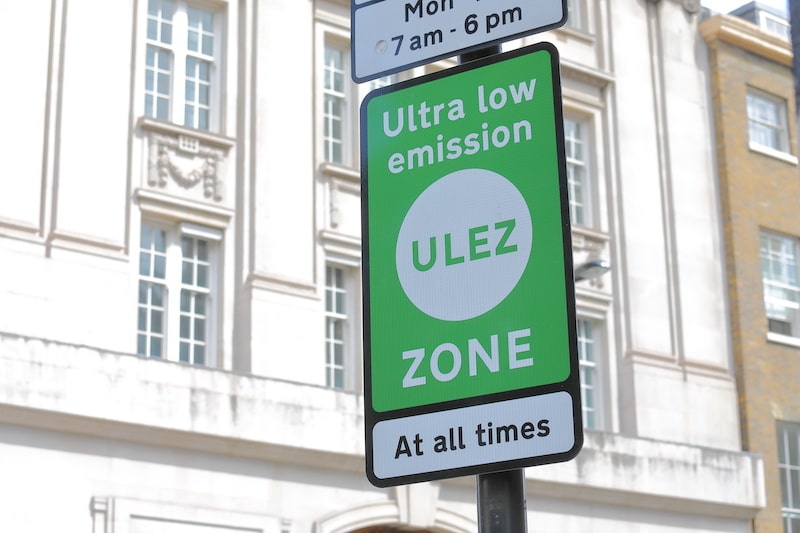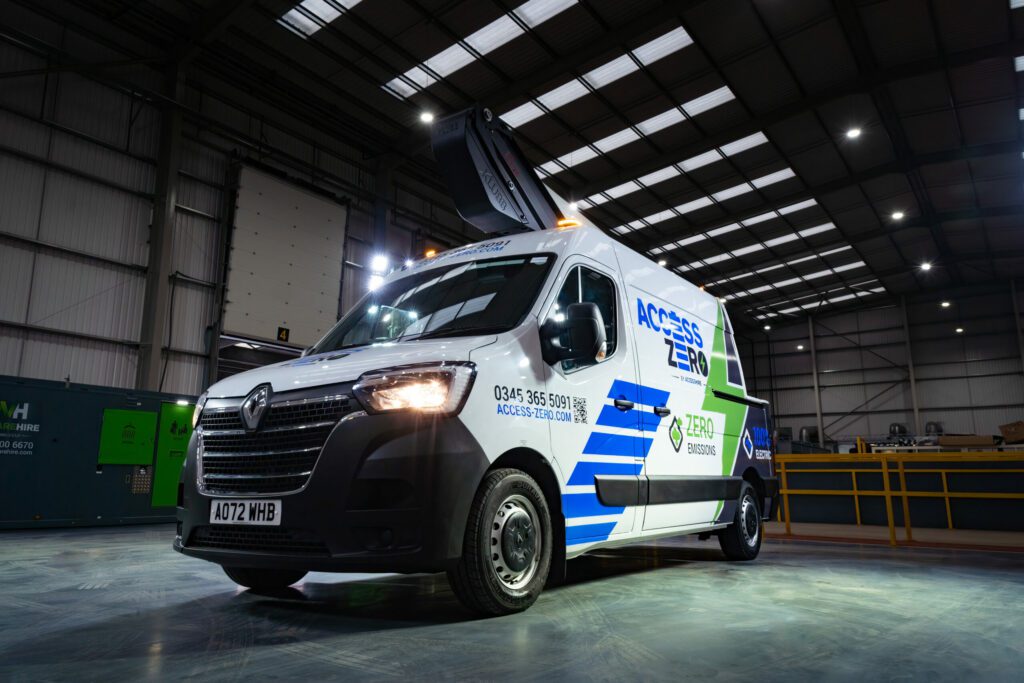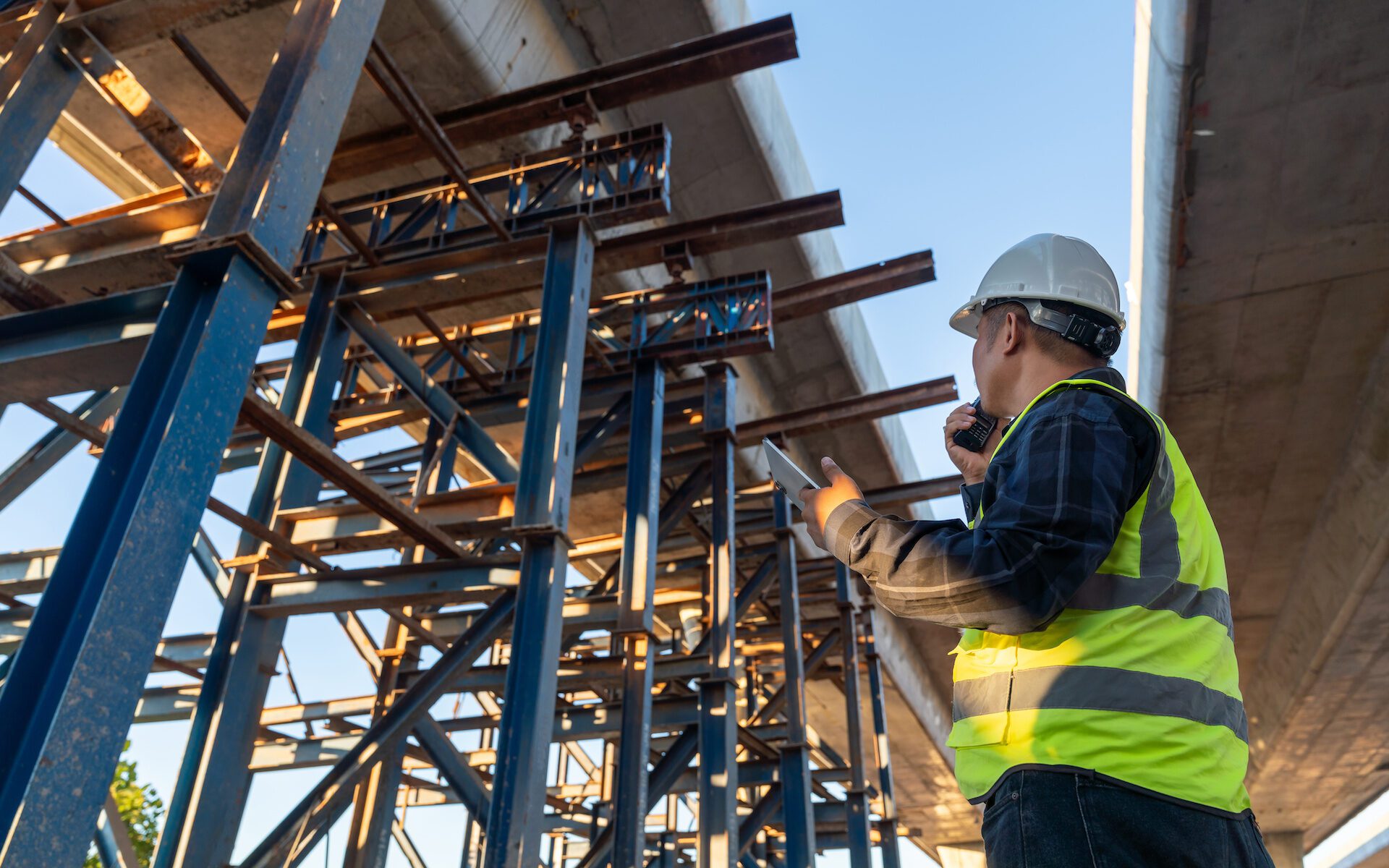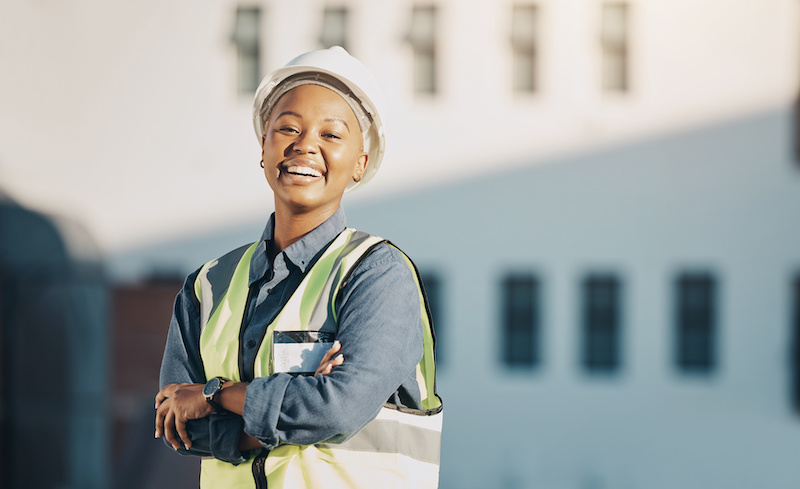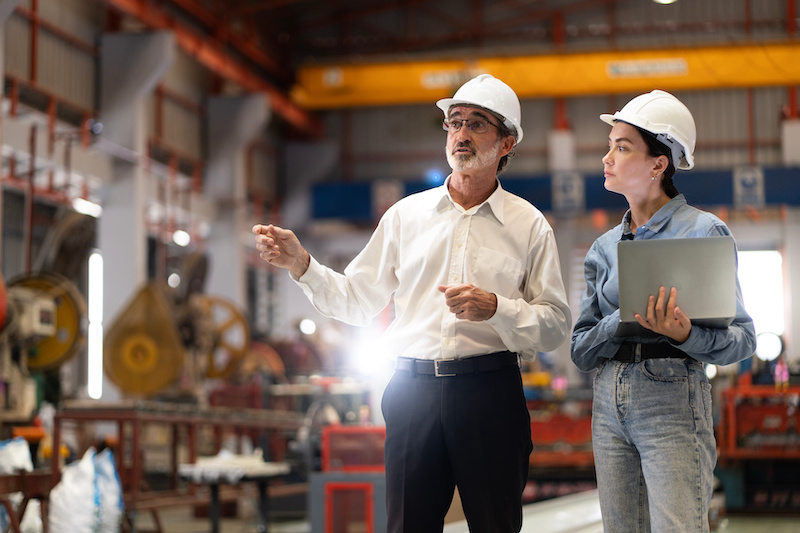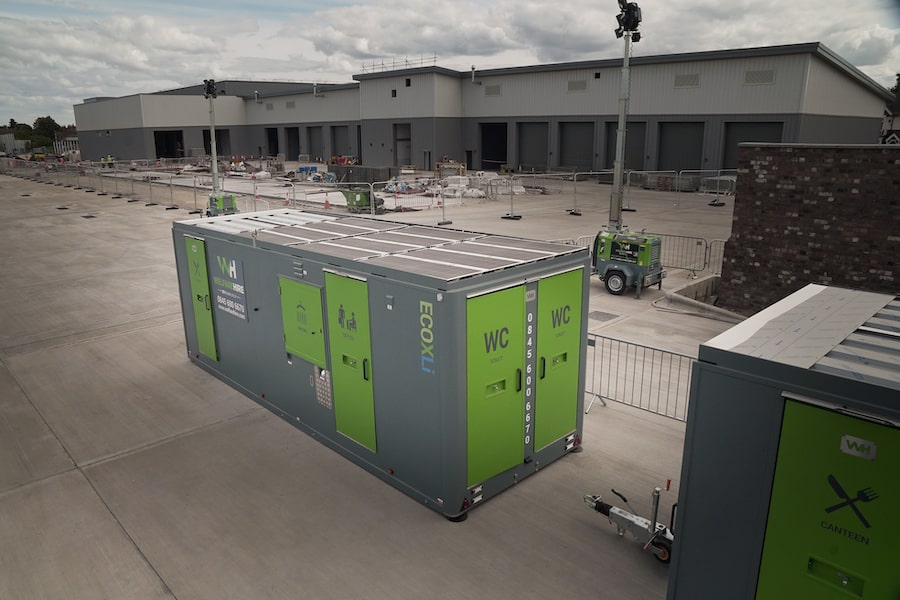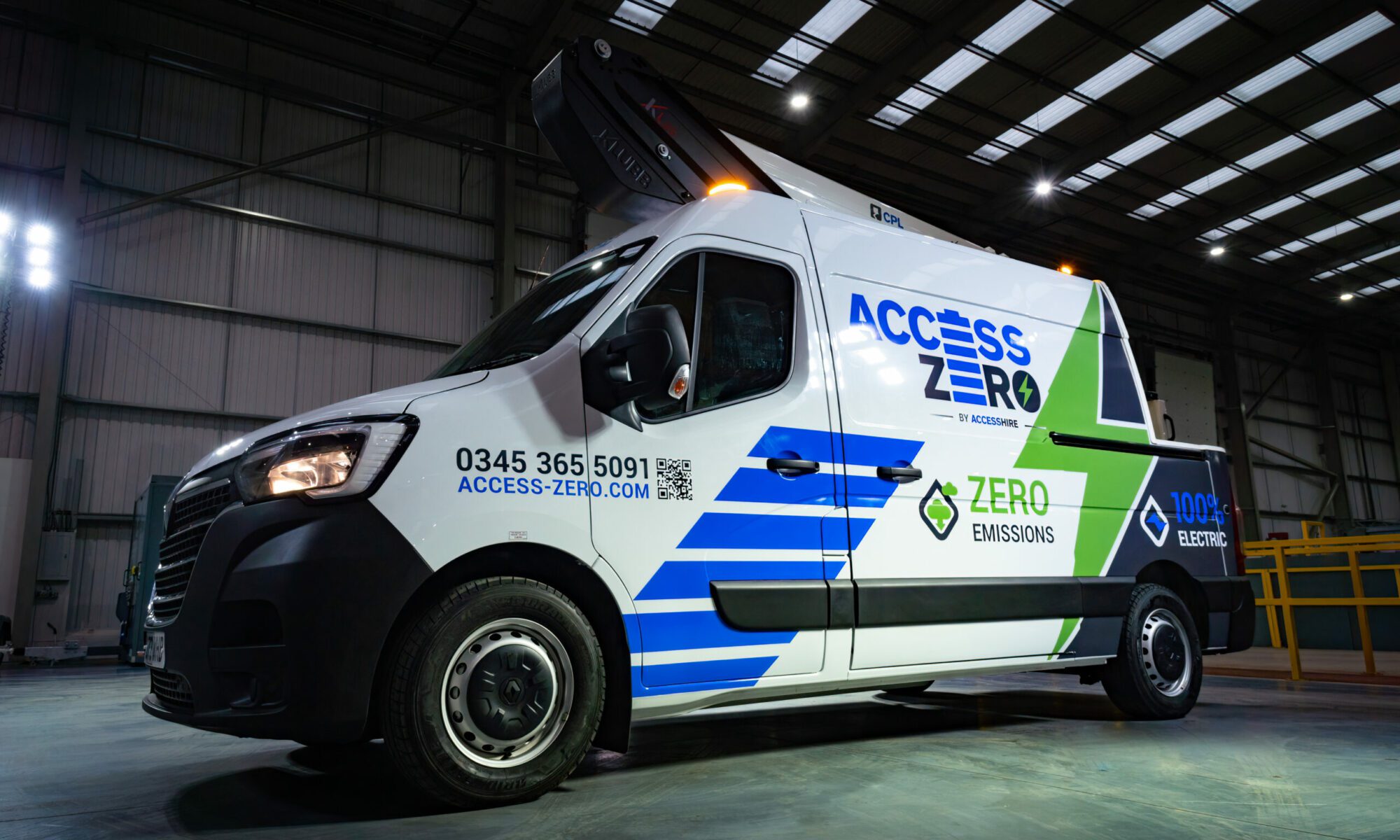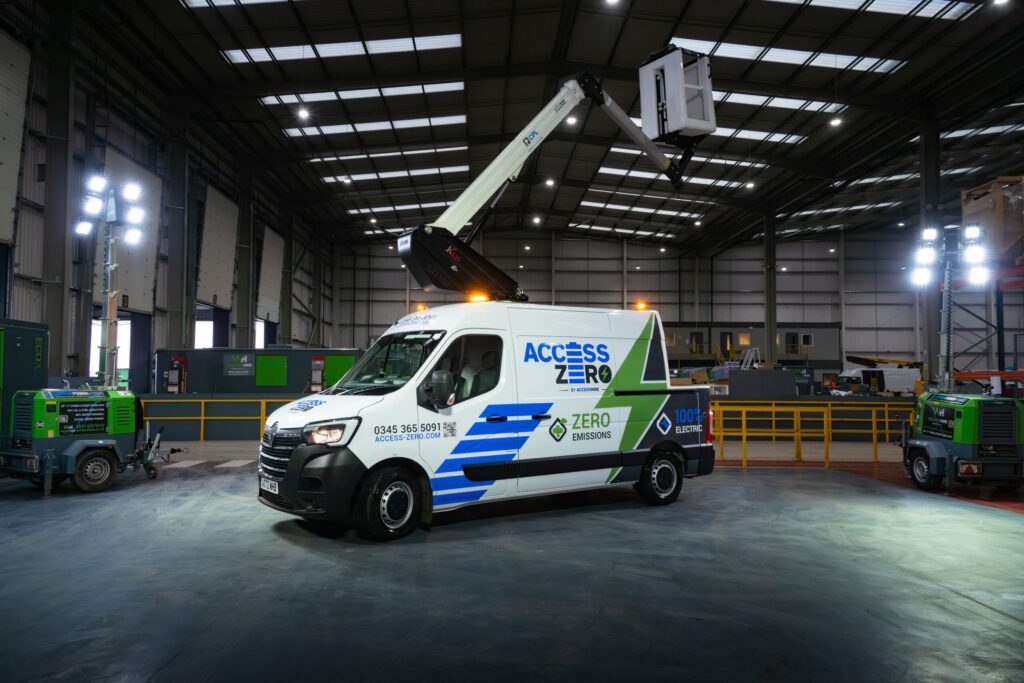Industry experts have told Scotland’s construction industry it should prepare for a “resurgence” in activity in the coming months – and what better way to prepare than learn about innovative strategic equipment?
To further support our dedicated Scottish depot, Welfare Hire is thrilled to announce our attendance at ScotPlant 2024. Held across 26-27th April at the Royal Highland Centre, Edinburgh, the event brings together thousands of industry professionals and over 200 exhibitors – making it the biggest event of the year for Scotland’s construction industry.
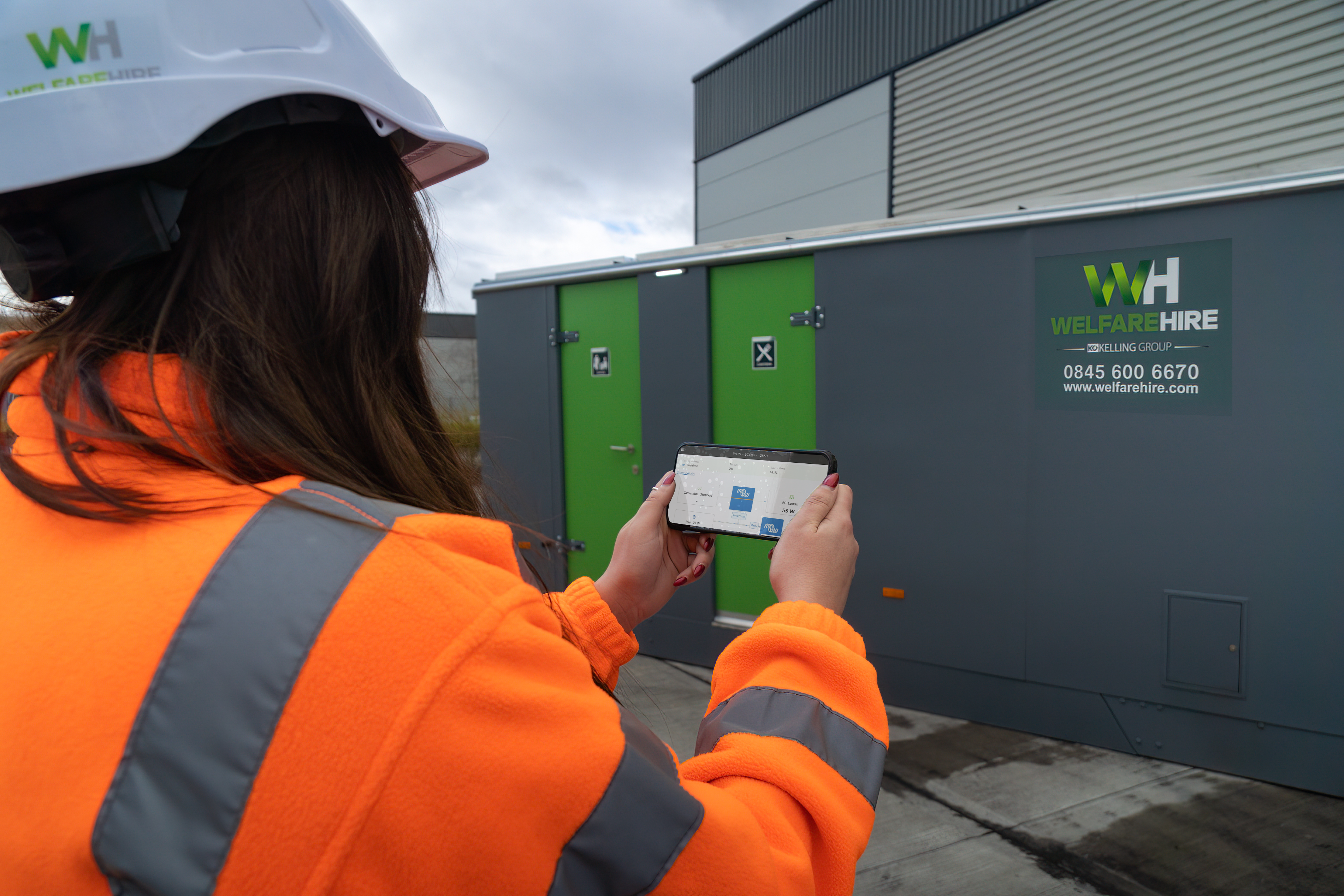
Discover Our Innovative Welfare Products at stand D14
Our exhibition stand will feature our advanced welfare products, including:

Each product embodies our five pillars:
Quality
Scotland’s construction industry is rightly proud of its high standards. But top-quality welfare units are still widely unavailable across many areas in the countries.
Welfare Hire established our Scottish depot to solve this problem. Our innovative range is now easier to deliver to firms working in more remote regions – helping everyone of our partners access the quality equipment you deserve.
Service
Research suggests that a third of project failures are the result of poor communication, while maintenance activity can run to 30% of a vehicle’s total costs. But with Welfare Hire, Scottish construction companies get a true partner throughout their projects.
While all of our products feature inclusive maintenance and support, our dedicated Scottish depot has made this service even more effective for our Scottish partners. Our engineers and support can reach your site quickly and minimise downtime.
.
Environment
According to recent studies, demand for sustainability in construction may be slightly higher in Scotland than England. But many firms still struggle to manage the emissions from their strategic equipment.
Welfare Hire’s product range provides the perfect solution. We are so confident in our products’ ability to deliver measurable reductions to your carbon emissions that we create a tool to help you calculate the expected savings each mobile welfare unit and tower light will produce:
WellbeinG
Scottish construction has faced staffing issues for several years now, and just a quarter of people would recommend a career in the industry to young people. But much of this is down to the perceived physical difficulties and mental health challenges workers face.
Our welfare units are designed to combat this problem. With extra space, high-quality facilities and comfortable seating, they help construction workers rest and bond – ultimately improving the wellbeing of the workforce.
Value
With rising costs and staffing shortages, Scottish construction firms need more from their suppliers – and Welfare Hire is the partner to achieve that. Through the combination of improved quality and service, environmental savings and enhanced wellbeing, our mobile welfare units and tower lights deliver unparalleled value for firms across the country.
Want to learn more about the pillars at ScotPlant 2024?
